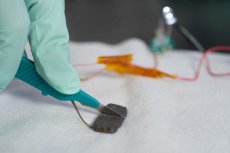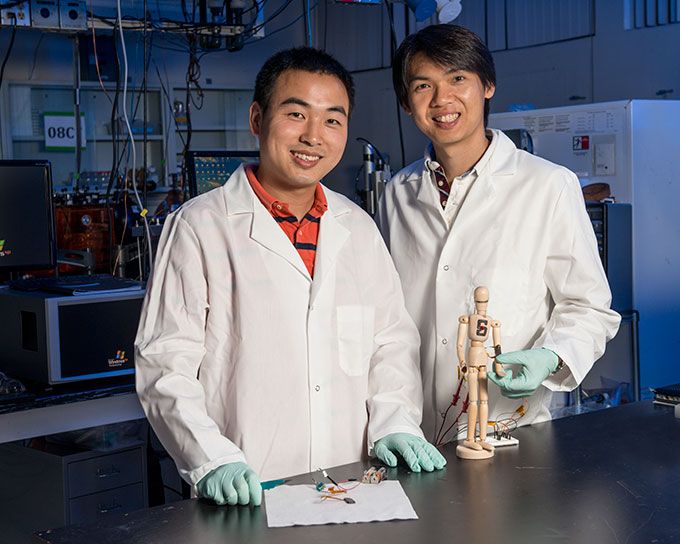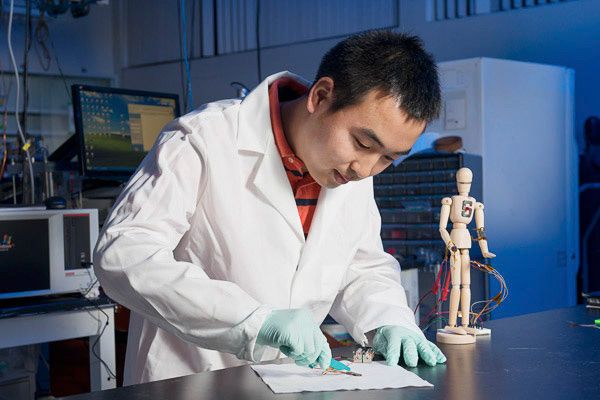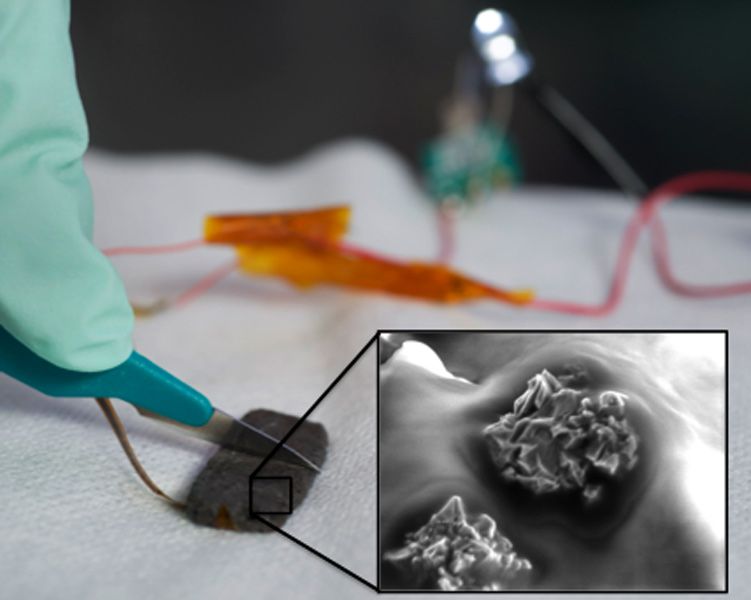A self-healing sensitive material was created
Last reviewed: 23.04.2024

All iLive content is medically reviewed or fact checked to ensure as much factual accuracy as possible.
We have strict sourcing guidelines and only link to reputable media sites, academic research institutions and, whenever possible, medically peer reviewed studies. Note that the numbers in parentheses ([1], [2], etc.) are clickable links to these studies.
If you feel that any of our content is inaccurate, out-of-date, or otherwise questionable, please select it and press Ctrl + Enter.

The new material can be used in prosthetics, as well as in the creation of electronic devices.

Scientists have been trying to create material that imitated human skin for many years, had the same characteristics and could perform such functions. The main qualities of the skin that scientists try to recreate are sensitivity and the ability to heal. Due to these properties, the human skin sends signals to the brain about temperature and pressure and serves as a protective barrier against environmental irritants.
The team of Professor of Chemical Engineering Stanford University, Chengdu Bao as a result of painstaking work for the first time managed to create a material that combines these two qualities.

Over the past ten years, many samples of "artificial leather" have been created, but even the most sophisticated ones had very serious drawbacks. Some of them require "heat" to "heal", which makes their daily use in everyday conditions impossible. Others are restored at room temperature, but when they are restored, their mechanical or chemical structure changes, which makes them, in effect, disposable. But most importantly, none of these materials was a good conductor of electricity.
Zhang Bao and his colleagues managed to make a big step forward in this direction and for the first time to combine in one material the self-healing of the plastic polymer and the electrical conductivity of the metal.
Scientists started with plastics, which consisted of long chains of molecules connected by hydrogen bonds. This is a rather weak connection between the positively charged region of one atom and the negatively charged region of the next. This structure allowed the material to effectively self-repair after an external impact. Molecules quite simply collapse, but then reconnect in their original form. As a result, a flexible material was obtained, which scientists compared with the left in the refrigerator iris.
To this resilient polymer, scientists added nickel microparticles, which increased the mechanical strength of the material. In addition, these particles have increased its electrical conductivity: the current is easily carried from one microparticle to another.

The result met all expectations. "Most of the plastics are good insulators, and we have an excellent conductor," concluded Zheng Bao.
Then the scientists tested the material's ability to recover. They half cut a small piece of material with a knife. Lightly pressing the two formed parts to each other, the researchers found that the material recovered its original strength and electrical conductivity by 75%. Half an hour later, the material completely restored its original properties.
"Even human skin takes a few days to heal, so I think we've achieved a very good result," said Bao Benjamin's colleague Chi Kion Tee.
New material successfully passed the next test - 50 cycles of incision-recovery.
The researchers are not going to dwell on this. In the future, they want to achieve more efficient use of nickel particles in the material, as they not only make it strong and improve electrical conductivity, but also reduce the ability to self-repair. The use of smaller metal particles can make the material even more efficient.
Measuring the sensitivity of the material, the scientists found that it is able to detect and react to pressure with the strength of the handshake. Because Bao and his team are confident that their invention can be used in prosthetic limbs. In addition, they are going to make their material as thin and transparent as possible so that it can be used to cover electronic devices and their screens.

 [
[